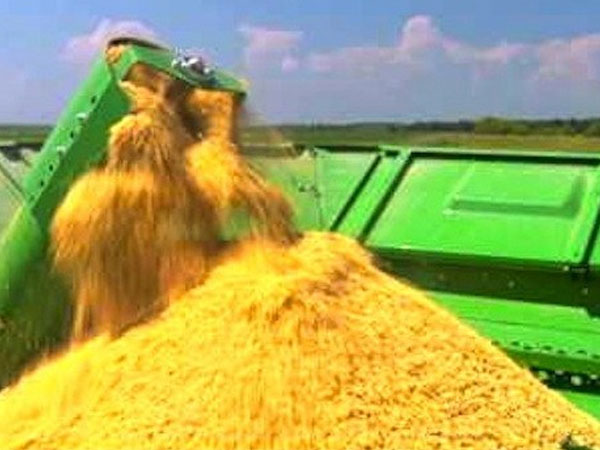 Lower commodity prices, increased production in Asian countries, input costs, and higher inventories will likely push rice acres down in Arkansas in 2026, according to the U.S. Department of Agriculture (USDA).
Lower commodity prices, increased production in Asian countries, input costs, and higher inventories will likely push rice acres down in Arkansas in 2026, according to the U.S. Department of Agriculture (USDA).
The USDA is projecting an overall rice production decline of about 10% next year. Nearly half of the nation’s rice is grown in Arkansas and the Natural State will feel the brunt of that decline.
Jarrod Hardke, extension rice agronomist for the University of Arkansas System Division of Agriculture Cooperative Extension Service, agreed with the USDA’s projection. He’s talked with several rice growers in the state and acres seem to be trending downward.
Most growers, he said, already employ a two- or three-way rotation of rice, soybeans and corn, so many growers will likely shift a substantial amount of acreage toward the latter two grains. Rain last month slowed the rice harvest and milling quality is still a concern this year, however.
“Rains at this point are just a minor slowdown,” Hardke said.”For most farmers, it’s just going to mean two or three days out of the field. We’ve been relatively dry here for a while, so we’re able to handle a little bit more rain.”
Vast portions of Arkansas received between up to 2 inches of rainfall during the final week of September, with some isolated areas receiving more. El Dorado, for example, received a record 4.71 inches on Sept. 24, according to the National Weather Service. But 79% of the state’s rice acreage had been harvested as of Sept. 28, meaning a few days’ delay didn’t have a significant impact on the harvest, Hardke said.
Growers were fortunate in that the late-September storms did not bring high winds with them, Hardke said.
“Our biggest fear this time of year is high winds, which can lead to lodging,” he said.
Despite a fast-paced harvest season, Arkansas rice growers are still reporting problematic milling yields, the same thing that cut into 2024 profits. While growers report better milling yields this year, Hardke said they’re still falling short of the industry standard, with whole kernel yields coming in at about 52%.
“The industry standard for milling yield is 55/70, which means that of the rice we grow in the field, 55% of that grain is milled to a whole grain, and 70% of the overall yield can be milled to a combination of whole grains and broken grains,” Hardke said.
In 2024, the unofficial state milling yield average was estimated at 48/69. Like most commodities, rice production is being squeezed by global economic forces.
“We’re importing record amounts of rice into the country and not exporting the volume of rice we typically do,” Hardke said. “The global dynamics are at odds with the U.S. rice industry right now.”




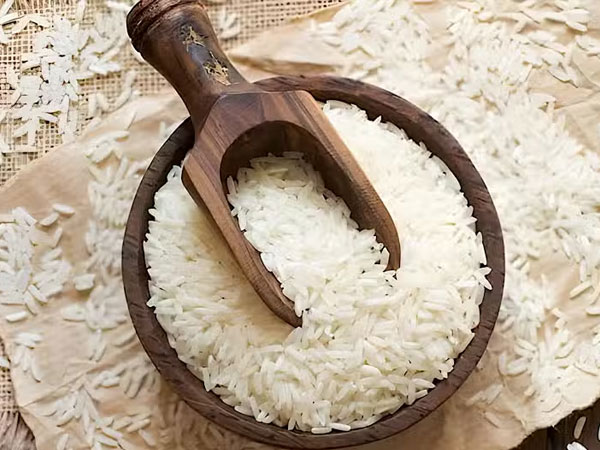
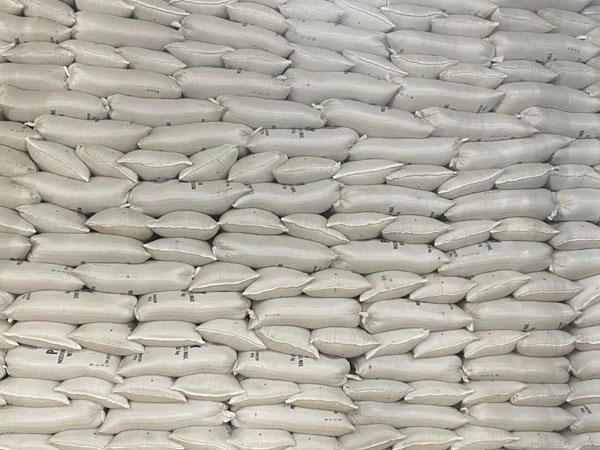


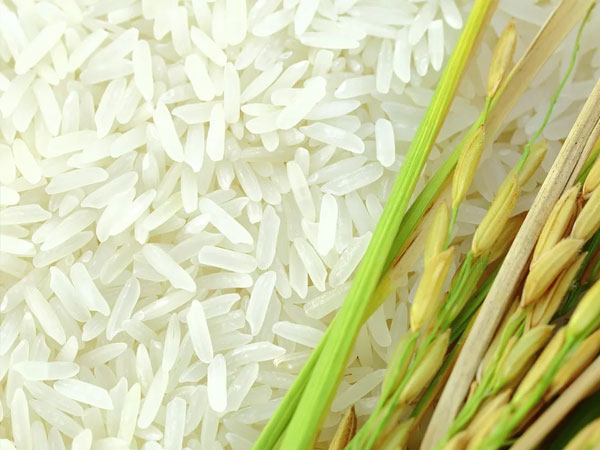
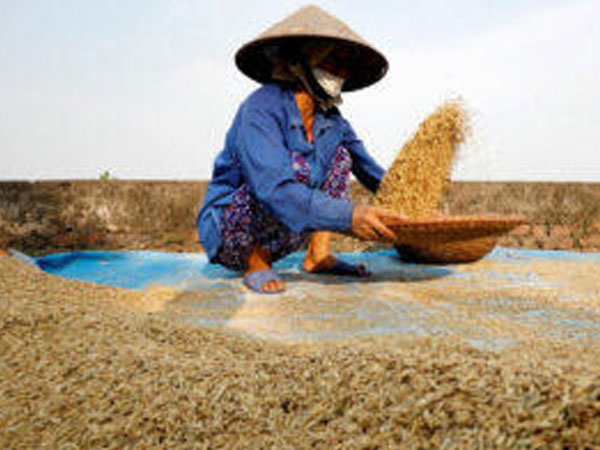




© Copyright 2025 The SSResource Media.
All rights reserved.